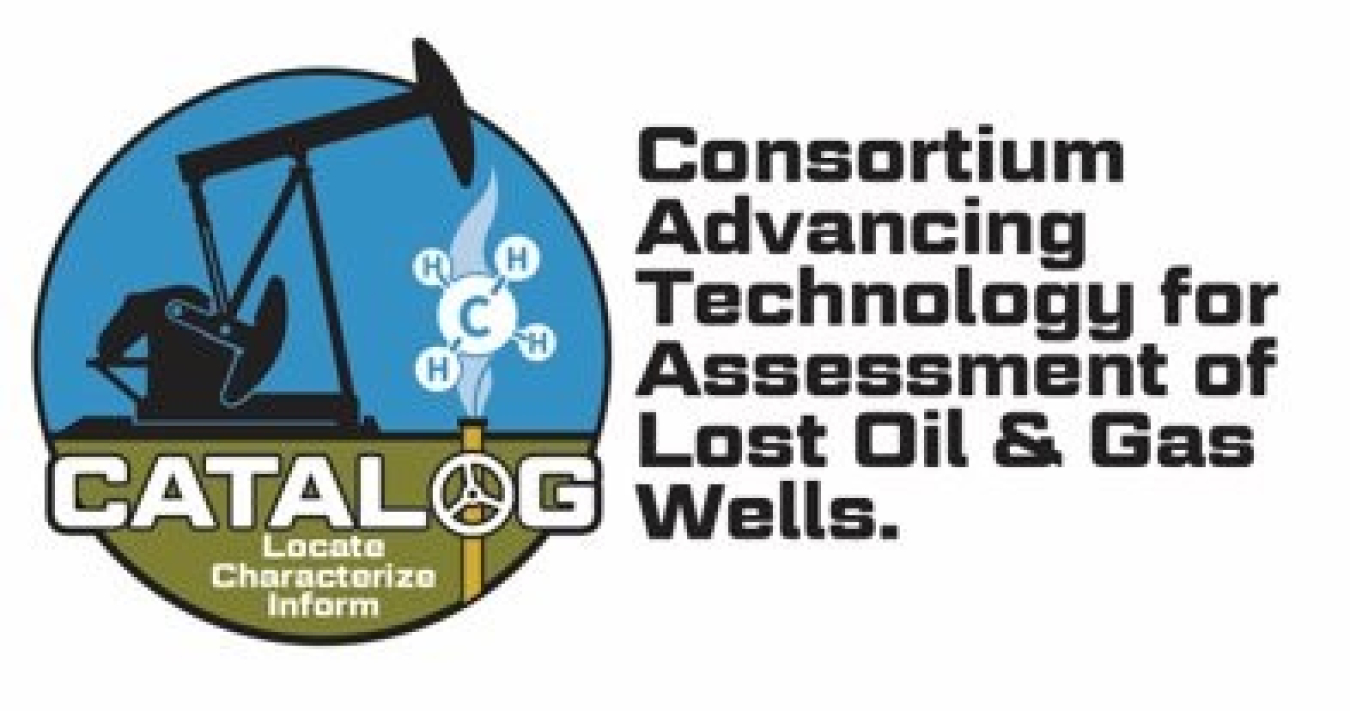The Undocumented Orphaned Well Research Program aims to develop technologies and methodologies to enable the finding and characterization of undocumented orphaned wells by determining their physical locations, methane emissions, wellbore integrity, and any additional environmental impacts. This program focuses on undocumented orphaned oil and natural gas wells located on private, State, Federal and Tribal land across the United States (U.S.).
The Bipartisan Infrastructure Law (BIL) that was signed in late 2021 directs the U.S. Department of Energy, Office of Fossil Energy Carbon Management (FECM) to implement a research program focused on assisting the Federal land management agencies, States, and Indian Tribes in identifying and characterizing undocumented orphaned wells. The BIL provides robust investments to plug these undocumented orphaned wells, which will help communities reduce methane emissions and eliminate other adverse environmental impacts. Part of this investment includes $30 million allocated to assist in identifying and characterizing the environmental risks of undocumented orphaned wells. This investment is part of the Administration’s overall response in remediating environmental harms, addressing the legacy pollution that harms communities, and creating good-paying jobs.
To begin developing this program, DOE, in collaboration with the Interstate Oil and Gas Compact Commission (IOGCC) has created a research consortium that consists of five national laboratories—Los Alamos National Laboratory, National Energy Technology Laboratory, Lawrence Berkely National Laboratory, Sandia National Laboratory, and Lawrence Livermore National Laboratory. This consortium will leverage institutional knowledge, existing processes, as well as fundamental and applied science expertise to undertake the primary objectives as defined in the BIL, focusing specifically on undocumented orphaned oil and gas wells.
Over the next five years, this program will establish a collaborative framework via the consortium, develop and test technologies and processes in the field, develop best practices for orphaned well identification and characterization, and ultimately deploy these developed technologies at scale. The technologies developed under this program will help further the Administration’s emissions reduction goals to cut methane emissions by 30% compared with 2020 levels by 2030.
A workshop was held in April 2022 to kickoff this program. The presentations from this workshop can be found here.
Consortium Advancing Technology for Assessment of Lost Oil & Gas Wells

The Consortium Advancing Technology for Assessment of Lost Oil & Gas Wells (CATALOG) Program assists in identifying and characterizing the environmental risks of undocumented orphan wells.
Generally, orphaned wells are defined as an idle well for which the operator is unknown or insolvent. It is estimated that there are hundreds of thousands of undocumented orphan wells leaking methane in the United States with unknown locations and missing information such as ownership or construction details. The estimated number of undocumented orphan wells reported by states is between 210,000 and 746,000.
Memoranda of Understanding Between the Osage and Navajo Nations and FECM
The Osage and Navajo Nations each entered into a memorandum of understanding (MOU) with DOE's Office of Fossil Energy and Carbon Management, Office of Resource Sustainability to develop a framework for identifying undocumented orphaned wells on tribal lands and reducing methane emissions and other harmful environmental impacts. The parties intend to collaborate to build capacity, provide needed technical assistance, share data regarding undocumented orphaned wells for the direct benefit of the Osage and Navajo Nations, enhance coordination, and maximize the benefit of both public and private investment in the development of an equitable future for the Osage and Navajo Nations.
MOU Between the Osage Nation and FECM
MOU Between the Navajo Nation and FECM
Last Updated: October 18, 2024

